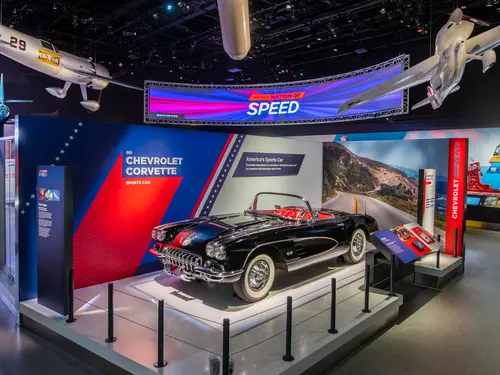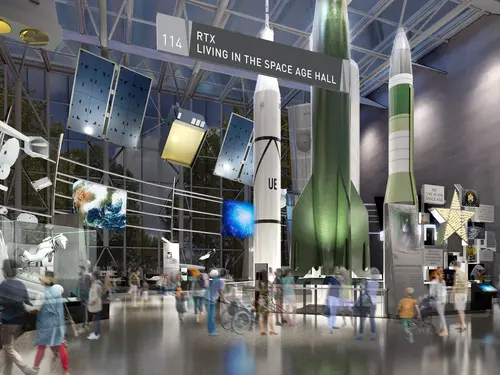
Cold War
Stories
On demand
From the Collection
Exhibitions
Learning Resources
Reading
The SR–71: The Fastest Jet Aircraft in the World
How the Lockheed SR–71 Blackbird’s design helped pilots go higher and further than ever before.
Grade Level
Grade 7,
Grade 8,
Grade 9,
Grade 10,
Grade 11,
Grade 6,
Grade 5,
Grade 4,
Grade 12,
Grades 13-14,
Grades 15-16,
Grades 17-20, and
Grade 3
Topics
Cold War,
Aircraft,
Military aviation, and
Technology and Engineering
Leader
Student,
Teacher,
Parent/Caregiver, and
Other
Rights
cc-by-nc
Lecture
What’s New in Aerospace: The SR–71 Blackbird with Walter Watson
Learn about the SR–71 Blackbird from Walter Watson, the only African American to fly in the SR–71 Blackbird program
Grade Level
Grade 6,
Grade 7,
Grade 8,
Grade 9,
Grade 10,
Grade 11,
Grade 12,
Grades 13-14,
Grades 15-16, and
Grades 17-20
Topics
Aviation,
Cold War,
Military aviation, and
African American or Black people
Leader
Student,
Parent/Caregiver,
Other, and
Teacher
Rights
cc-by-nc
Activity/Lab
STEM in 30: The SR–71 Blackbird
In this episode of STEM in 30 we feature the SR–71 Blackbird on display at the Steven F. Udvar–Hazy Center and explore why it was so important for reconnaissance
Grade Level
Grade 6,
Grade 7, and
Grade 8
Topics
Reconnaissance,
Aircraft, and
Cold War
Leader
Student
Rights
cc-by-nc

















